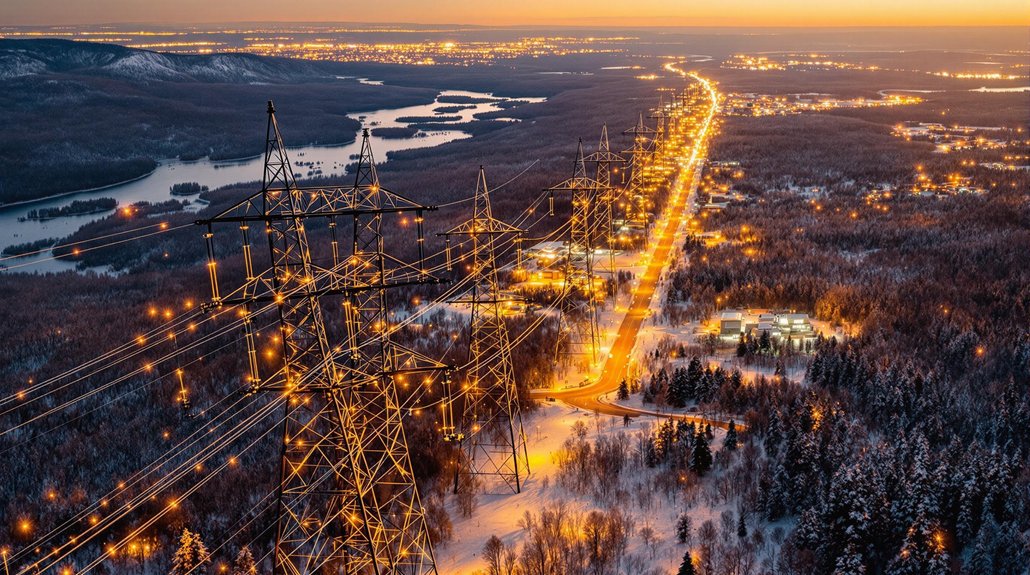Japanese scientists have developed perovskite solar cells that could generate power equivalent to 20 nuclear reactors. These cells are 1000 times more powerful than conventional solar panels with efficiency rates of 33.7%. The lightweight, flexible design works on various surfaces, helping Japan address land shortages in urban areas. The technology aims to produce 20 gigawatts by 2040, supporting Japan’s goal of 36-38% renewable energy by 2030. Challenges remain before full implementation.
While facing the twin challenges of energy security and climate change, Japan has made a significant breakthrough in solar technology. Scientists have developed perovskite solar cells (PSCs) that could generate power equivalent to 20 nuclear reactors. This innovation comes as part of Japan’s strategy to achieve net-zero emissions by 2050.
These new solar cells aren’t like traditional panels. They’re lightweight, flexible, and can be placed almost anywhere – walls, windows, car roofs, and even streetlights. The technology is potentially 1000 times more powerful than conventional solar cells and aims to produce 20 gigawatts of electricity by fiscal 2040.
Revolutionary flexible solar cells with 1000x power potential can transform any surface into an energy generator
Japan has a natural advantage in this field as the world’s second-largest iodine producer, a key material for PSCs. The government has prioritized this technology in Section 0 of its revised energy plan and is supporting companies like Sekisui Chemical Co. to create an independent supply chain.
Since the 2011 Fukushima disaster, Japan has increased its solar output from just 1.9% in 2014 to 10% today. The country now targets 36-38% renewable energy consumption by 2030, with PSCs expected to play an essential role in this growth.
The new technology offers several benefits over traditional solar panels. It converts energy more efficiently and solves land shortage problems in urban areas. It’s also more versatile and can work in various environments, potentially at lower costs in the future. With efficiency rates of 33.7%, perovskite-silicon tandem cell technology represents a significant improvement over conventional silicon-only panels. The flexibility of PSCs enables hybrid systems integration with other renewable sources like wind energy, maximizing overall power generation.
However, challenges remain. PSCs currently face durability issues compared to silicon-based panels and have high upfront production costs. Japan’s market position has declined dramatically, with its global solar panel production falling from 50% in 2004 to less than 1% today. Full-scale deployment isn’t expected until the 2030s.
If successful, this breakthrough could revitalize Japan’s solar manufacturing sector, reduce dependence on Chinese imports, and create export opportunities. Ongoing research focuses on improving durability, reducing costs, and developing new applications across different sectors.
Through this innovation, Japan aims to regain global leadership in solar technology while strengthening its energy security.









